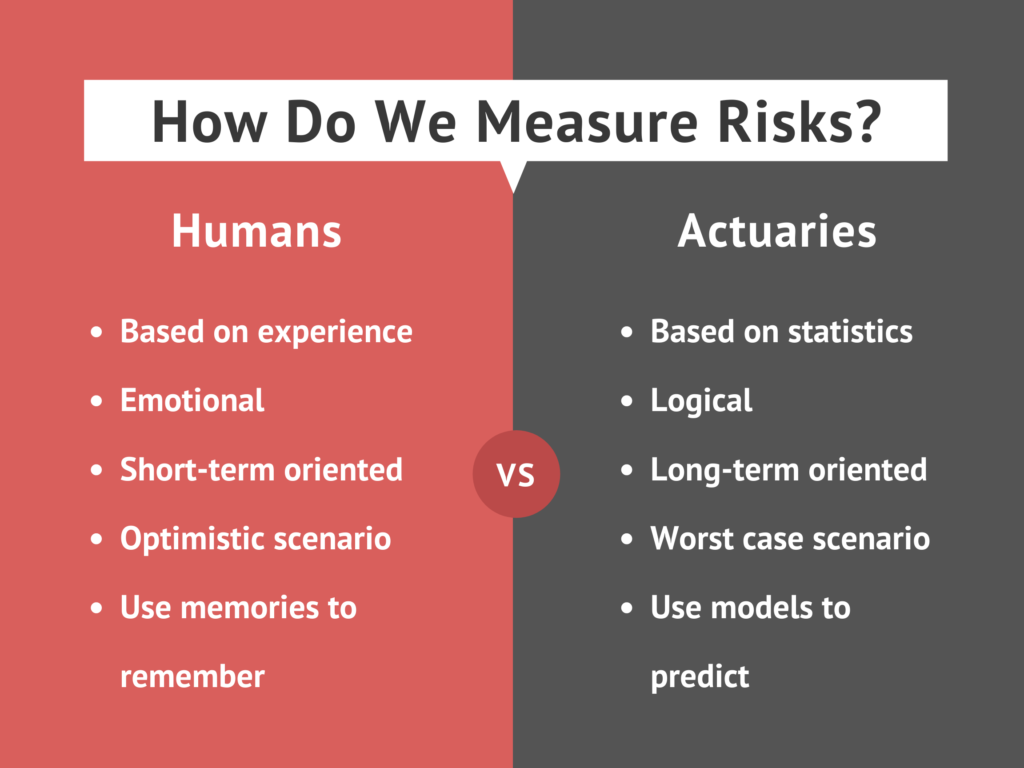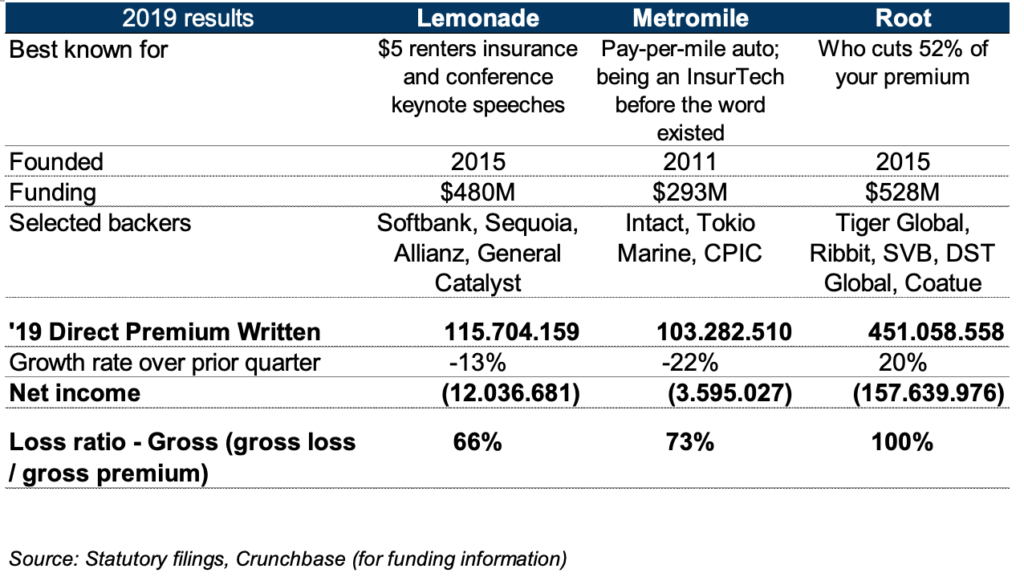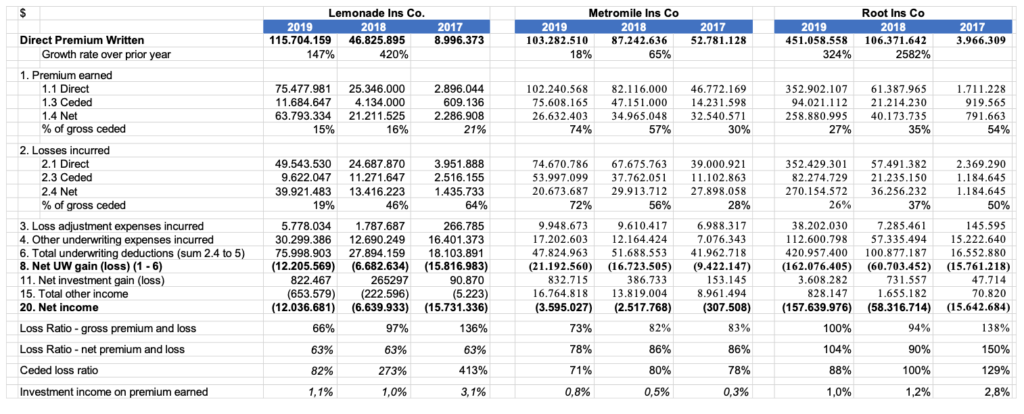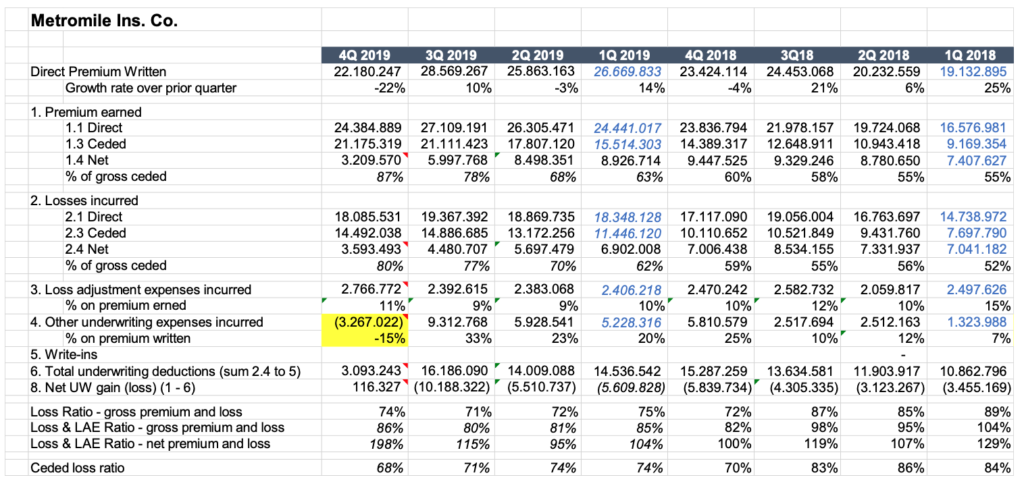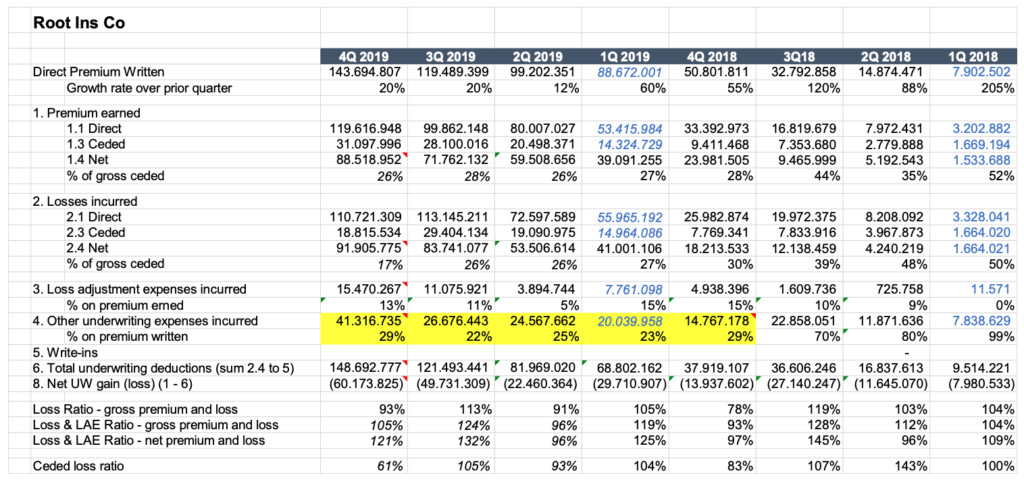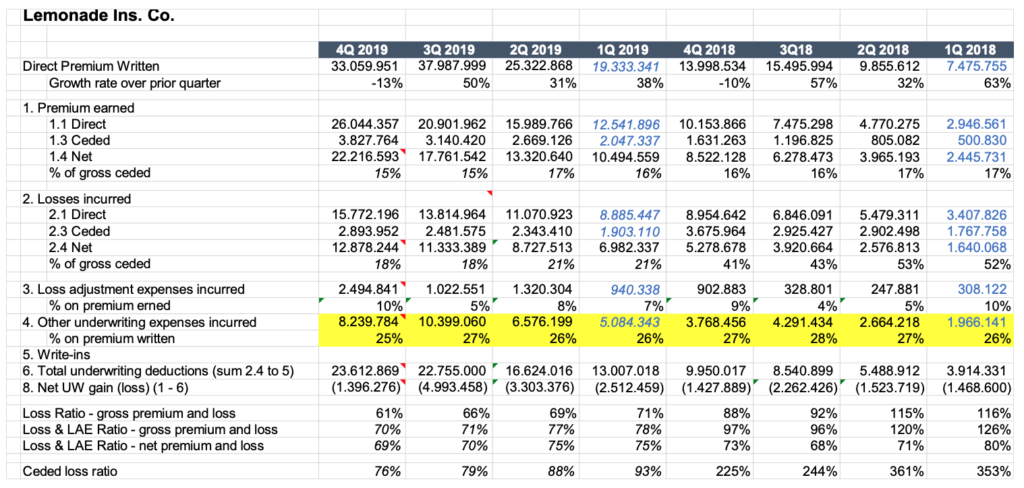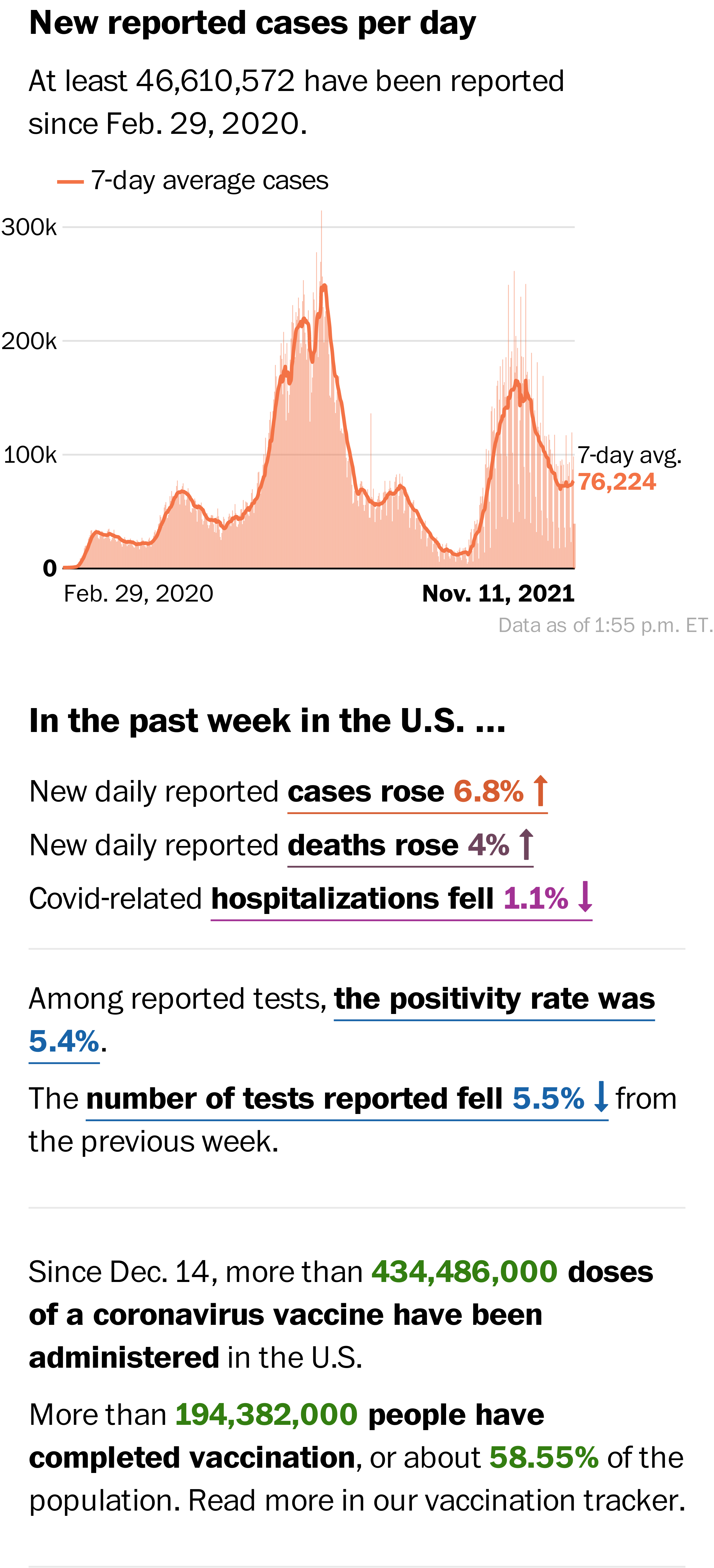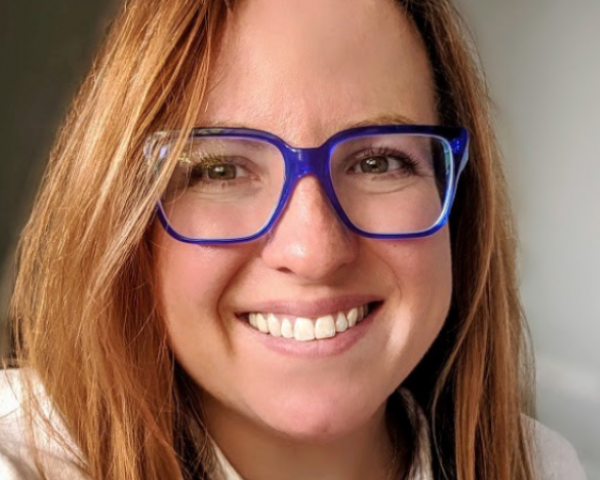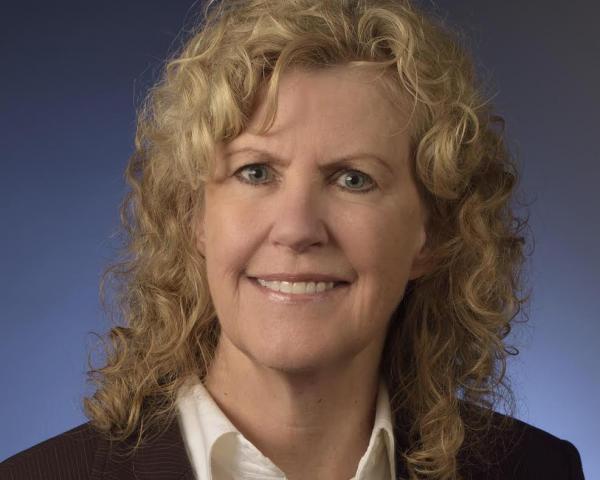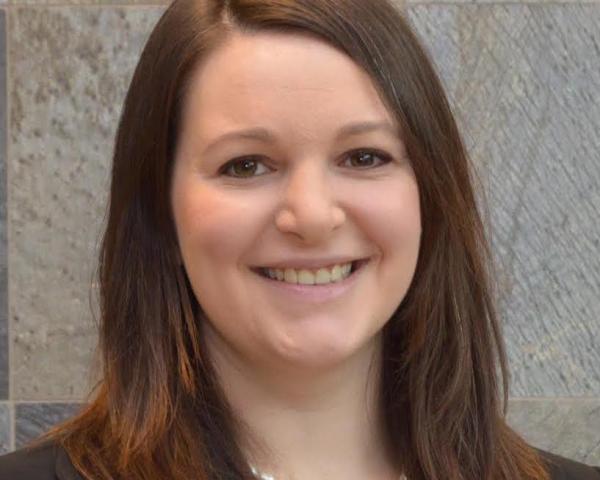Across the country, healthcare providers are shifting their prescribing practices in response to the opioid epidemic. According to IQVIA Institute’s Medicine Use and Spending in the U.S. — A Review of 2018 and Outlook for 2023, prescription opioid volume declined 43%, from 246 billion morphine milligram equivalents in 2011 to 141 billion in 2018. Many factors have driven the decline, including news media coverage, state and federal initiatives (e.g., prevention, intervention, treatment and recovery support), the Center for Disease Control and Prevention’s 2016 guidelines for prescribing opioids for chronic pain, healthcare provider education, lawsuits against companies that manufacture and distribute opioids, the arrest and prosecution of healthcare providers and efforts taken by insurers to reduce opioid prescribing.
Although there has been significant progress in some ways, unintended consequences periodically emerge in the fight to reduce opioid dependency and addiction. For example, in early efforts to address the emerging opioid epidemic, law enforcement officials aggressively targeted and shut down opioid pill mills overnight. This abruptly left many opioid-dependent patients without access to opioids, resulting in a spike in heroin use. As another example, several states and private companies have successfully implemented policies to limit opioid prescriptions on initial fills to seven days or less under specific circumstances. In response, some healthcare providers have avoided these limitations by prescribing 30 days (or more) of pills in the shortened time frame. Lastly, as prescribers look for alternatives to opioids, the healthcare industry has seen a dramatic increase in the use of topical and compounded pain relievers. This has increased the cost of providing care in a healthcare system already struggling to contain medical costs. Despite the increased spending, these options often fail to demonstrate a corresponding desired therapeutic outcome.
This article will share some strategies being used by insurance companies to help injured workers receive cost-effective and therapeutically effective pain management drugs, with the ultimate goal of returning them to work and more productive lives.
Topical vs. Compounded Pain Reliever
By definition, a topical medication is a medication administered externally. Commercially available topical pain relievers usually contain one or more of the following ingredients: lidocaine, menthol, methyl salicylate, capsaicin and camphor.
The Food and Drug Administration (FDA) defines drug compounding as “combining, mixing or altering ingredients to create a medication tailored to the needs of an individual patient.” It notes: “[c]ompounded drugs are not FDA-approved.” Compounded medications can be made into a variety of dosage forms (e.g., oral, injectable, topical, etc.), but the majority of compounded medications we have seen in workers’ compensation are topical (i.e., applied to your skin).
Coventry and First Scripts 2018 Drug Trend Series Report noted that topicals represent 5.1% of high-impact drug classes by volume but 14% of costs. 68 of every 1,000 workers were using topical prescription analgesics, and nearly eight of every 1,000 workers were using private label topical analgesics. As Coventry’s Director of Pharmacy Product Development Nikki Wilson noted, retail, mail-order and out-of-network prescriptions for compounds costs and use decreased while topical costs and use increased in 2018. Topical costs increased due to the use of private label topical analgesics (PLTA), some of “[w]hich add little to no value clinically but increase costs exponentially” according to Wilson.
Studies Making News
In November 2016, CVSHealth published The Rise and Fall of Compound Spend – Ongoing Monitoring Enables Early Identification of Lidocaine Spend, which noted that gross costs per compounded claim “increased nearly 1,700 percent for employer clients” from January 2011 to March 2014, while the “[a]verage gross cost per 30-day script increased more than 10-fold over a three-year period.” Leveraging a multidisciplinary team that included pharmacists and physicians, CVSHealth developed criteria to provide “coverage consistent with labeling, FDA guidance, standards of medical practice and evidence-based drug information to help ensure patient safety and appropriate utilization.” Their strategies drove the use of lidocaine products down on average by more than 80%.
In the August 2018 Office of Inspector General (OIG) report, Questionable Billing for Compounded Topical Drugs in Medicare Part D, OIG found that about 550 pharmacies and 124 prescribers had questionable Part D billing for compounded topical drugs in 2016 based on five measures that OIG has developed as indicators of possible fraud, waste and abuse. The study was driven by the 625% increase in compounded drugs from 2006 through 2015. OIG made several recommendations, including clarifying Part D coverage policies, conducting training for Part D sponsors on fraud schemes and safety concerns related to compounded topical drugs, clarifying that sponsors may apply utilization management tools, and following up with the pharmacies and prescribers identified in the report.
Workers Compensation Efforts
Several insurance companies have been monitoring and addressing compound spending across the country. The Connecticut Interlocal Risk Management Agency (CIRMA) has achieved success curtailing prescription costs and opioid use by adopting a comprehensive managed care program that combines communication, education, collaboration and data. Through nurse collaboration, prior authorizations, managing the use of compound drugs, excluding long-acting opioids, discussing best practices with prescribers, addressing claims with high morphine equivalent doses and using generic drugs over brand drugs, CIRMA significantly lowered utilization of opioids and compounds. For compound drugs, CIRMA and Coventry created a dedicated drug evaluation team that managed compound drugs and prevented processing of such medications without adjuster approval and clinical input. The effort included providing adjusters with recommendations for appropriate management of compound prescriptions, which “led to a decrease in both compound spending and utilization,” where “the percentage of compound costs dropped 42% from 4.0% in 2015 to 2.3% in 2017.”
According to CompPharma’s 15th Annual Survey Prescription Drug Management in Workers’ Compensation, the survey of 29 state funds, insurers, TPAs and self-insureds showed that there has been a 49% reduction in compound usage among survey respondents with data for 2016 and 2017. Of the respondents who provided figures, only one had an increase in total compounds reimbursed. A number of reasons were cited for the decline in total drug costs, including a continued focus on improving clinical management programs, expanding utilization review and prior authorization, dramatic reductions in compounds, changes in prescribing patterns driven by physician awareness of opioid risk, state formularies and more structured drug alerts and alert management processes.
Effective July 1, 2018, the Texas Division of Workers Compensation revised Title 28 Texas Administrative Code, amending the definition of the closed formulary to exclude “any prescription drug created through compounding” and “required pre-authorization for all prescription drugs created through compounding.” The background section stated that reimbursements per compounded drug increased 141% from calendar year 2010 to 2015, with ingredient costs for a selected group of 10 commonly compounded drugs increasing between 82% and 1,474% from 2010 to 2014.
Chesapeake Employers’ History with Opioids
For more than a decade, Chesapeake Employers has been trying to turn the tide against the opioid epidemic. In 2009, a dedicated pain management review nursing position was established within the Health Services department to identify and monitor concerning claims. Since that time, the scope of the internal pain management program has evolved and expanded greatly. Now, in addition to a dedicated pain management nurse, Chesapeake Employers’ leverages the data analytics from its Pharmacy Benefit Manager (PBM) Express Scripts and the expertise of an in-house pharmacist, physicians and nurses to stay cutting edge in the approach to care. While there are many indicators of success, the above efforts have helped reduce the dollars spent on dispensing opioids by almost 76% over a five-year period and seen the number of injured workers receiving opioids decrease by 66%.
Some of the most notable initiatives provide necessary resources to raise awareness for providers, the public and our employees. In 2016, Chesapeake Employers gave $750,000 to the Department of Health to be used for the state’s prescription drug monitoring program (PDMP), which allows prescribers and pharmacists to review opioid fills from all sources within the state. In 2017, Chesapeake Employers launched the STOPIOID addiction campaign via radio ads, safety kits and online safety posters to help educate Maryland about the dangers of opioid abuse and addiction. The Chesapeake Employers’ Communication Department won four awards from the Public Relations of America – Maryland Chapter, including “Best in Show” for our Let’s Work to Stop Opioid Addiction Now campaign in 2018.
See also: Access to Care, Return to Work in a Pandemic
A final highlight was the 2019 rollout of the Opioid Overdose Response Naloxone (Narcan) training authorized by the Maryland Department of Health, which teaches employees and the public about opioids and overdose and provides materials and training to save lives.
Chesapeake Employer’s Compound and Topical Strategy
As stated earlier, a costly effect of reduced opioid prescribing seen throughout the industry has been a proliferation of prescribing for topical and compounded pain medications. A recent analysis of Chesapeake data reveals hundreds of thousands of dollars, a larger share of annual drug expenditures, is spent on compounded or topical medications. Similar to trends seen in the industry, Chesapeake Employers’ has observed an increase in cost and use of these medications. Since 2016, pharmacy-dispensed topicals have increased from 2.8% of scripts to 4.4% and from 6.1% to 9.3% of total costs in 2019. This does not include costs for compounded medications and physician-office dispensed topical medications, which further inflate costs.
Chesapeake Employers leverages a multi-disciplinary team approach when managing pharmacy cost and utilization. This includes the in-house pharmacist, physicians, nurses, claims and legal professionals. The goal is to facilitate rapid injured worker recovery by using cost-effective and therapeutically effective drugs and appropriate means.
In 2011, Chesapeake Employers’ began researching and educating our claims and health services professionals on compounded medications. The research included documenting the available medical literature and outlining the circumstances under which the use and payment for a compounded medication may be considered reasonable. The research is updated periodically and peer-reviewed by an external independent medical expert.
Closed formulary states, such as Texas, Arizona and Tennessee, only cover drugs on the adopted Official Disability Guidelines (ODG) Workers’ Compensation Drug Formulary list. According to the NCCI’s June 2019 Research Brief Formulary Implementations and Initial Impacts on Workers Compensation, use of topical and compound drugs in Tennessee decreased 35% following the requirement of pre-authorization for all topicals and compound drugs, regardless of the ODG Formulary status. By contrast, Maryland is an open formulary state, which allows physicians to prescribe any medication available on the market. In an effort to address the use of costly topicals and compounds, Chesapeake Employers leverages established medical policy supported by evidence-based medicine and guidelines to help educate healthcare providers. Assessment of the topical’s therapeutic value becomes necessary in continuing its use with our injured workers. Research shared from the American Medical Association (AMA) Opioid Task Force, medical journals and the Federal Drug Administration’s Opioid Analgesic REMS Educational Blueprint shows healthcare providers are less likely to prescribe medication when educated about the risk, especially when guidance is supported by medical guidelines and continuing medical educational training focused on opioid prescribing, non-opioid alternatives and pain management. An educated prescriber provides another layer of protection to the process, because providers are asked to provide the rationale that supports medical necessity and appropriateness.
In addition to discussions with providers, Chesapeake Employers has implemented other successful initiatives. The company partners with a local compounding pharmacy to meet the prescription needs of injured workers at a lower cost. The company also provides educational letters to prescribers for high-cost topicals for which there are therapeutically equivalent alternatives at a much lower cost. Some individual claim recommendations generate cost savings of greater than 85% without compromise of the desired clinical outcomes.
Conclusion
Educating patients, educating prescribers, using a multi-disciplinary team, enhancing data analysis and reporting, in addition to using peer reviews and independent medical evaluations (IMEs), offer a cohesive approach to evaluating the medical necessity and therapeutic effectiveness of compounds and topicals.
In the face of rising use and cost, insurance companies must help injured workers receive cost-effective and therapeutically effective drugs so they can receive the care they deserve and ultimately return to work and more productive lives.
See also: Can AI Solve Health Insurance Fraud?
However, there is still a lot of work to be done when it comes to taking care of our injured workers. It is strongly believed that healthcare professionals are conscious of prescription costs when they are educated about the cost ramifications of their prescribing habits. Greater awareness and transparency about topical pain medications results in better, informed patient care decisions. As Larry Winget said in his book "It’s Called Work for A Reason," “Knowledge is not power. The implementation of that knowledge is power.”
When all parties involved in the workers’ compensation system understand the therapeutic equivalence, effectiveness and cost savings from using alternatives; and the importance of only prescribing drugs when it is medically necessary for the injured worker, everyone wins.
